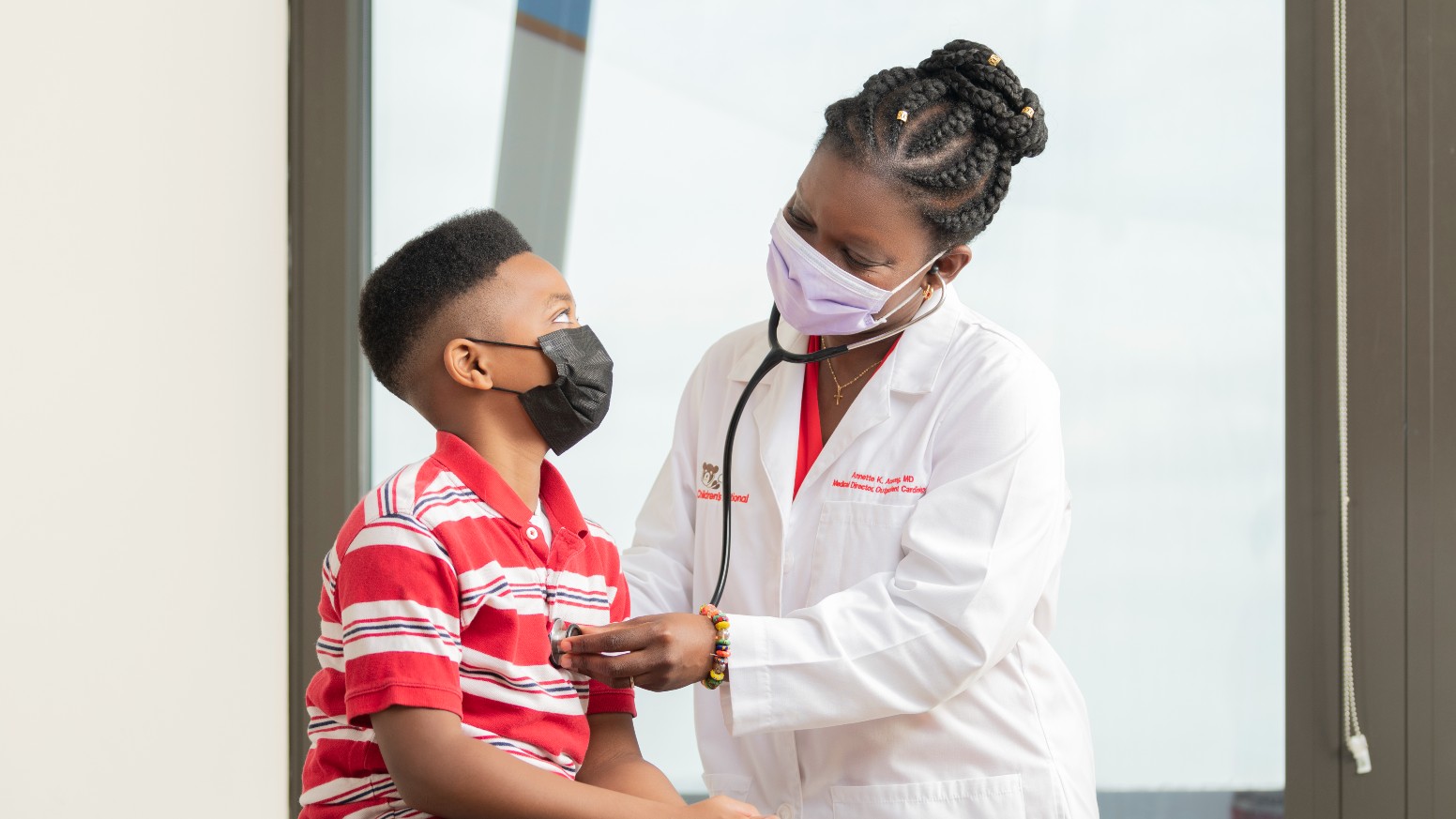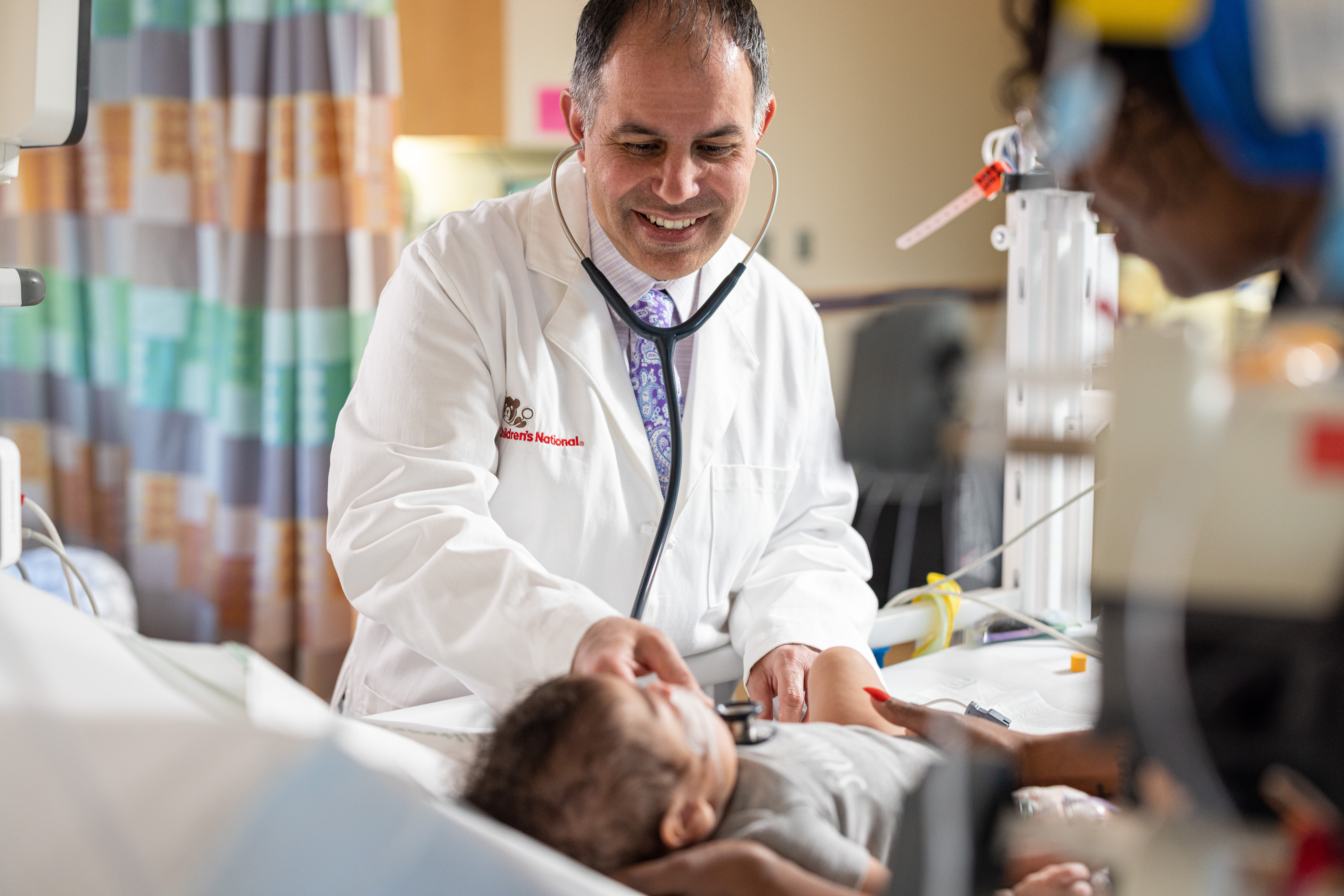Condition
Pediatric Tricuspid Atresia
What You Need to Know
Tricuspid atresia (TA) occurs when the tricuspid valve does not develop correctly. This prevents blood flow from the right atrium to the right ventricle.
Key Symptoms
The most common symptoms of tricuspid atresia are:
- Blue color of the skin, lips and nail beds
- Fast breathing or trouble breathing
- Fast heart rate
Diagnosis
Doctors typically diagnose tricuspid atresia by:
- Prenatal ultrasound
- Physical examination
- Pulse oximetry
- Lab tests
- Chest X-ray
- Electrocardiogram (ECG)
- Echocardiogram (echo)
Treatment
Treatment may include:
- Supplemental oxygen or a ventilator
- Medication
- Cardiac cath
- Balloon atrial septostomy
- Surgery
Schedule an Appointment
Our pediatric specialists provide personalized care for your child’s physical, mental and emotional health needs. Meet the providers who treat brain tumors and schedule an appointment today.
Frequently Asked Questions
What is tricuspid atresia?
What causes tricuspid atresia in children?
What are the symptoms of tricuspid atresia in children?
How is tricuspid atresia diagnosed in children?
How is tricuspid atresia treated in children?
What are possible complications of tricuspid atresia in children?
How can I help my child live with tricuspid atresia?
When should I call my child's healthcare provider related to tricuspid atresia?
Meet the Providers Who Treat Tricuspid Atresia
Departments that Treat Tricuspid Atresia

Cardiac Catheterization
We perform hundreds of catheterization procedures every year. We treat children with the most complex heart, blood vessel, and valve conditions. We have one of the highest success rates for cardiac catheterization procedures. Learn more about Cardiac Catheterization.

Help Kids and Make a Difference
Invest in future cures for some of life's most devastating diseases. Give today to help more children grow up stronger.










